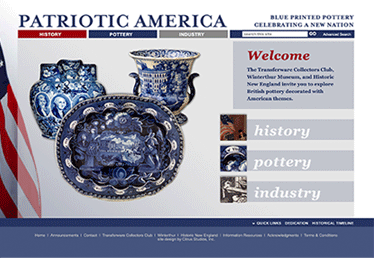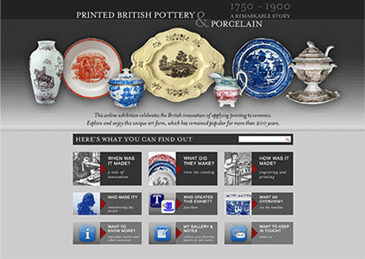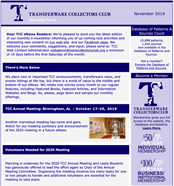


Number Thirty-Four of an Ongoing Series by Dick Henrywood
And now for something completely different. I have long been interested in pottery wall plaques, particularly the attractive Sunderland lustre wares with their bright pink or orange lustre borders, but also later green-bordered plaques from the 1890-1920 period with portraits of Boer War leaders and other commemorative designs of the period. However, there are also plaques from the earlier years of the 19th century with various designs printed in black within rectangular moulded black frames. A touch funereal, I know. But I have always found them attractive. They are never marked but I feel sure they are of Staffordshire origin, and not Sunderland to which they are often attributed.
The most common designs show the three figures “Faith”, “Hope” and “Charity” (figure 1). The set illustrated is typical but there are variations: “Faith” is always shown with the cross, “Hope” with the anchor and “Charity” with three children, but the backgrounds do differ and the titles can be either in script or capital letters. Rare examples are known without the black border, or with yellow lining inside the black border. The sizes vary too.
Other plaques are decorated with rural or genre scenes – three shown here depicting Feeding the Chickens (figure 2), a Mother and Child (figure 3), and Blind Mans Buff (figure 4). Although relatively little work has been done on researching these plaques, the source print for the Blind Man’s Buff pattern is known to be a design by Angelica Kauffman, an engraving of which was published in 1783 (figure 5).
Some of the plaques are printed with commemorative subjects. One example (figure 6) has the Methodist preacher John Wesley depicted at the age of 87 shortly before he died in 1791. It is copied from an undated print by William Ridley (figure 7). There is a companion plaque showing the other well-known Wesleyan minister, Adam Clarke.
Another rare pair of plaques depict the boxers John Spring, heavyweight champion of England, and Jack Langan, champion of Ireland (figure 8). They famously fought at Worcester in 1824 for a purse of 300 sovereigns, the fight reputedly drew a crowd of some 40,000 and lasted over two and a half hours. Spring was the victor. The two boxers’ portraits appear together on another black-bordered plaque of massive size, over sixteen inches wide.
The plaques shown here are only a selection; others include a lady with a harp emblematic of “Music”, various country scenes, and other rustic or genre scenes. There may well be others. Anyone interested in more detail should have a look at Stephen Smith’s excellent website www.matesoundthepump.com.
The fact that, at the time of writing, only two of these plaques appear in the TCC database (decorated with the common “Hope” and “Charity”) makes me wonder whether they were ever exported to America. Or perhaps they are seen as a bit of a sideline as far as transferware collectors are concerned? Whatever the case, I find them particularly, if sombrely atrractive. Can anyone come up with other examples?
Replies welcome as usual, but please note the smart new email address henrywoodshighlights@transferwarecollectorsclub.org.
(Click on images for a larger view.)
Rich with content for ceramic collectors, researchers, authors, curators, and historic archaeologists, the sites are sure to deliver value for their visitors. The exhibition’s curators continue to enhance them and, now, with site application upgrades, including a new magnification feature and upgraded content management capabilities, the TCC and its collaborators are pleased to relaunch these exhibits, all free to a worldwide audience.

Branded Patriotic America, debuted in 2014 in collaboration with Historic New England, and the Winterthur Museum

Launched in 2015 in partnership with the Northern Ceramic Society.
 Not a member but want to receive email updates?
Not a member but want to receive email updates?